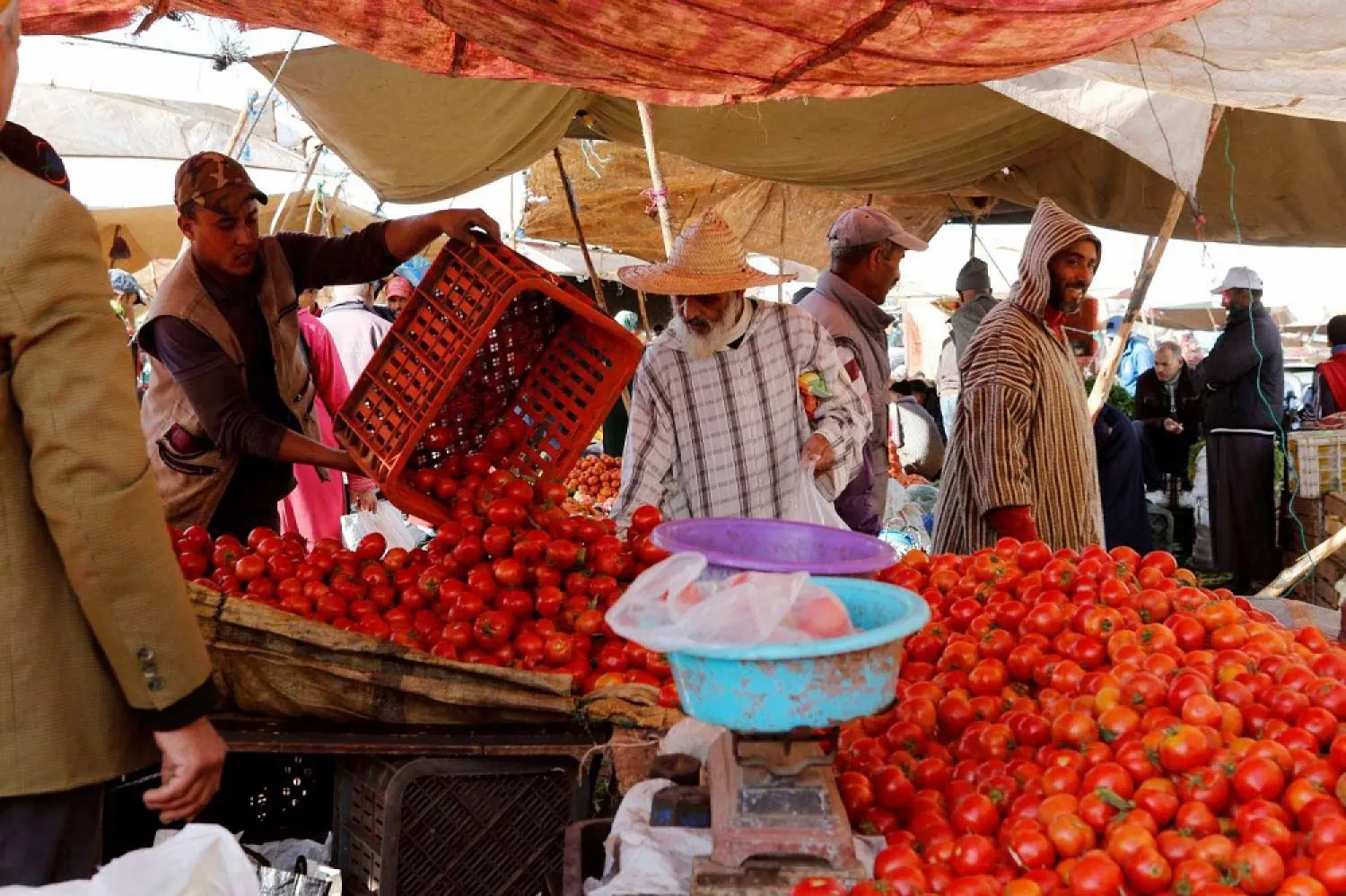A recent study by the International Air Transport Association (IATA) has revealed the substantial economic and social contributions of Saudi Arabia’s aviation sector.
Released during IATA Aviation Day for the Middle East and North Africa, the report—titled The Value of Air Transport in Saudi Arabia—highlights how aviation and related tourism are key engines of job creation and economic activity across the Kingdom.
According to 2023 data, the aviation sector in Saudi Arabia contributed $90.6 billion to the national economy, representing approximately 8.5% of GDP. This figure accounts for the sector’s direct impact, extended supply chain activities, employee spending, and tourism-driven revenue. The report positions aviation as a critical pillar of the Kingdom’s economic development strategy, especially within the framework of Vision 2030, where enhanced air connectivity plays a central role.
The study found that around 141,100 people are directly employed in the aviation sector, contributing $14.3 billion - or 1.3% of GDP - through their work. When factoring in indirect employment, such as jobs in supply chains, hospitality, and services tied to aviation and tourism, the sector supports approximately 1.4 million jobs across the country.
Tourism alone, underpinned by air connectivity, contributed $52.9 billion to the Saudi economy and generated 1.1 million jobs. International tourists arriving by air added an estimated $60.6 billion annually through their spending on goods and services provided by local businesses.
Beyond its economic footprint, the aviation industry also delivers strong social value and supports the United Nations’ Sustainable Development Goals. Greater accessibility has played a major role in this, with global airfares declining by 70% over the past 50 years. In Saudi Arabia, real ticket prices fell by 30% between 2011 and 2023, during which the country recorded an average of 1,429 flights per 1,000 residents.
The sector’s role extends to facilitating trade, investment, and innovation. In 2023, Saudi airports handled 713,000 tons of air freight, helping to power e-commerce growth and strengthen the country’s supply chain resilience, especially during times of crisis.
International flights accounted for 54% of total outbound traffic from Saudi Arabia in 2023, with 28.6 million passengers departing the country. The Asia-Pacific region was the top destination, with 11.4 million travelers (40% of total international passengers), followed by Africa with 7.1 million (25%) and other Middle Eastern countries with 5.9 million (21%).
Kamil Al-Awadhi, IATA Regional Vice President for Africa and the Middle East, emphasized that keeping aviation a strategic priority - while maintaining global standards, offering competitive operating costs, and adopting smart regulatory frameworks - will further enhance Saudi Arabia’s global competitiveness and support its economic and social development goals.
Looking ahead, IATA identified three key areas to ensure long-term sustainability in Saudi aviation. These include strengthening collaboration with stakeholders and aligning with global best practices; ensuring that expanding airport and digital infrastructure projects are efficient and competitive, particularly through private sector partnerships; and investing in human capital development. In support of this, IATA has signed agreements with Saudi partners to train more than 1,000 graduates and aviation professionals.







